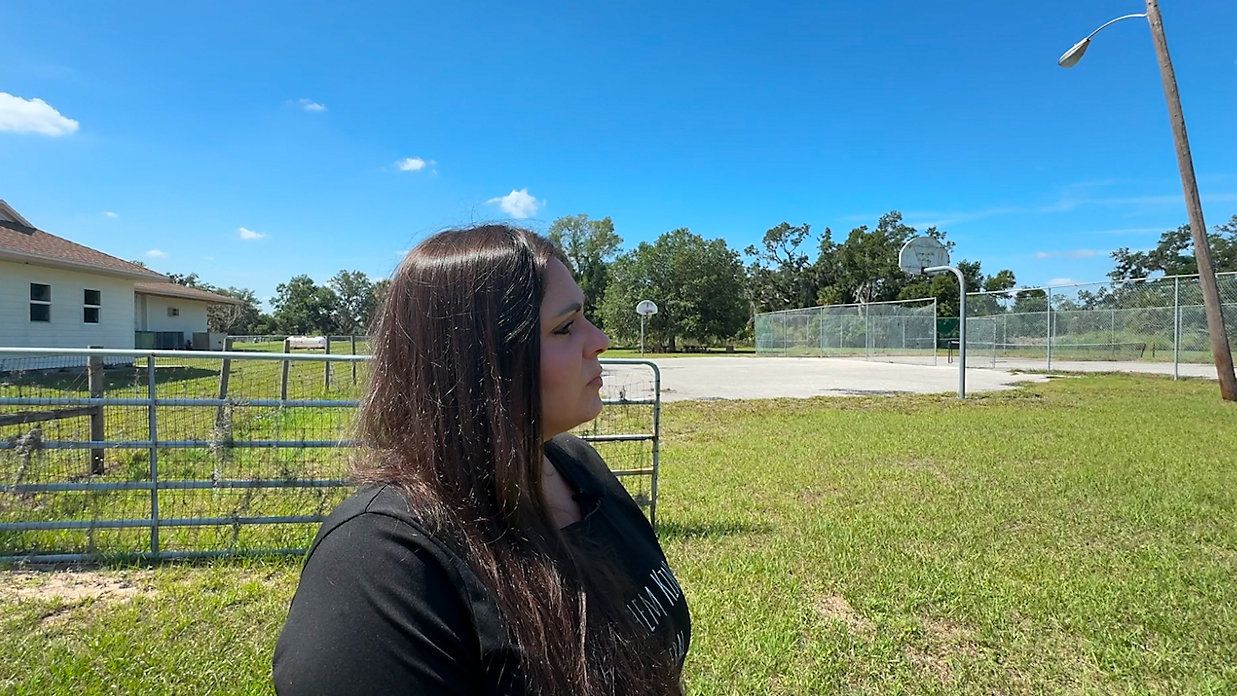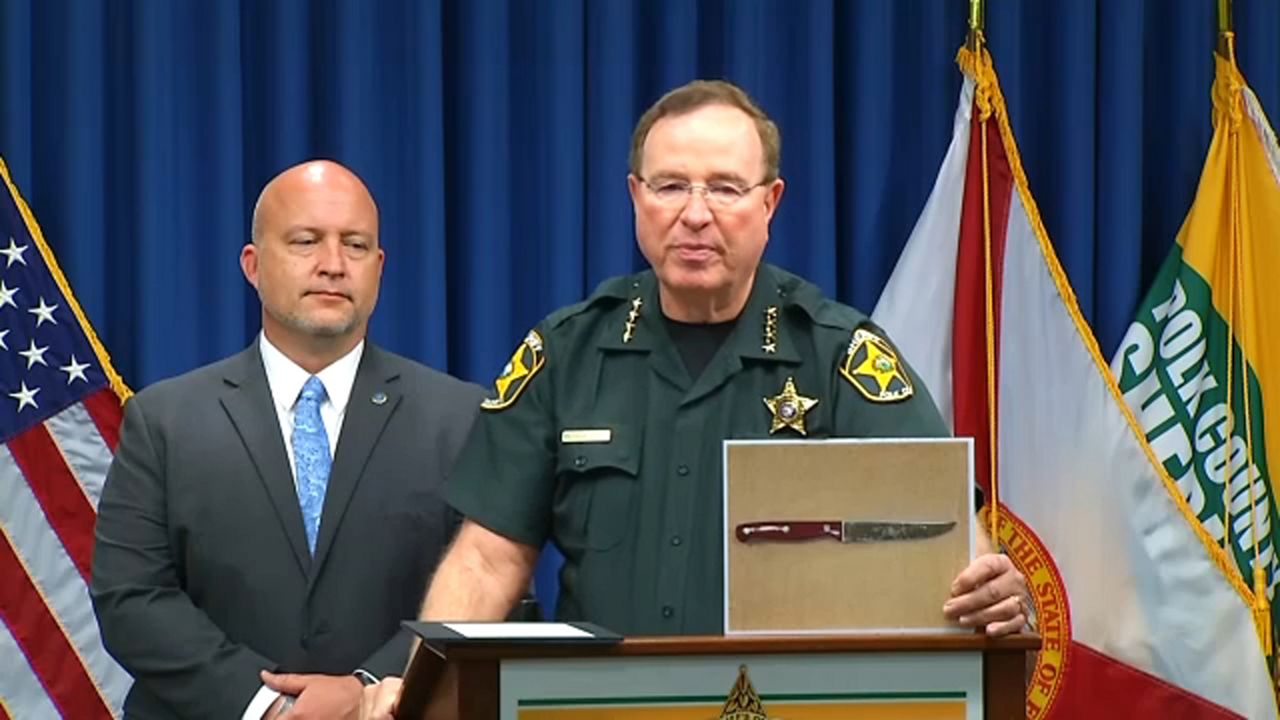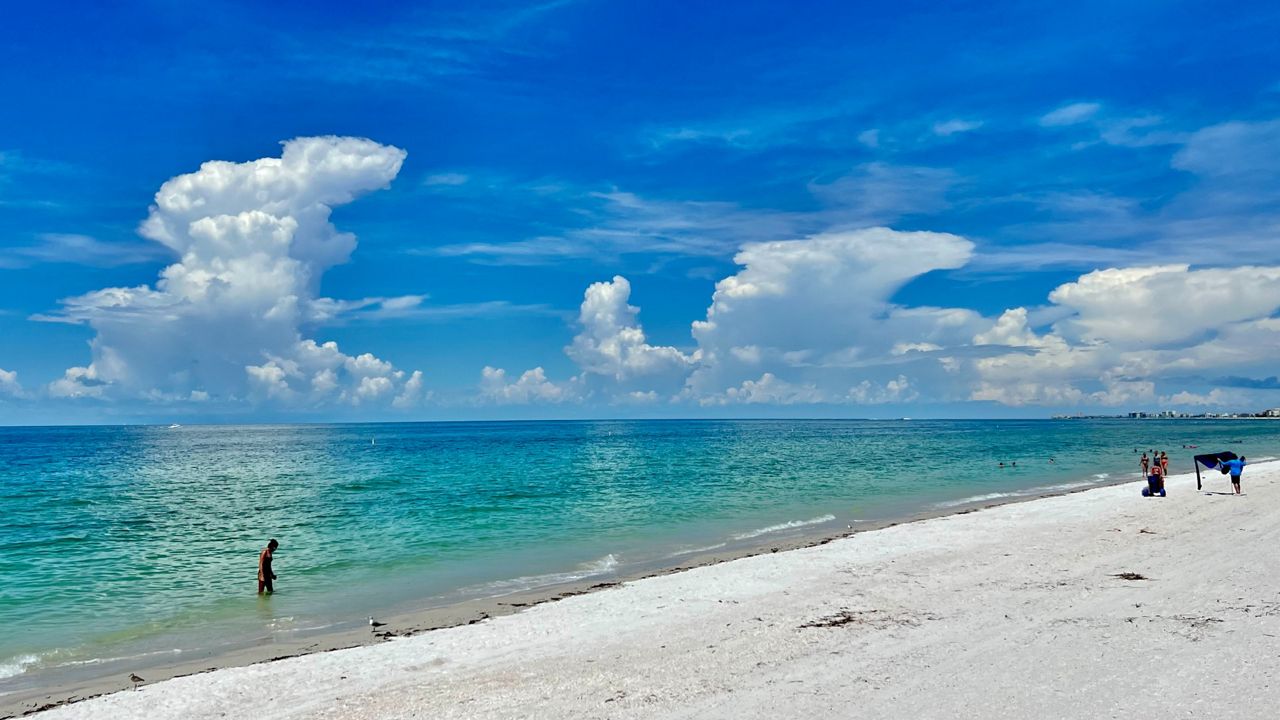TAMPA, Fla. — At Jesus Puerto’s Sol de Cuba Cafe, you not only experience history, but also savor rich dishes, including the original Cuban sandwich.
“A lot of people don’t know each of the ingredients represent the different ethnic groups that worked in the cigar factory alongside my ancestors 100 years ago,” said Puerto.
His ancestors played a crucial role in supporting Cuba’s independence from Spain. After they migrated to Ybor City, they ran the Martí-Maceo Society, better known as the Afro-Cuban Club.
“We’ve not known of anything of being Black and of Cuban descent,” Puerto said.
But he says his past experiences with filling out federal documents have never reflected that.
“A federal document should represent its population,” said Puerto. “I could only be Hispanic or Black."
For the first time in 27 years, the U.S. Census will change how Latinos are asked about their race and ethnicity.
The respondent’s race or ethnicity question now includes seven broad categories: White, Hispanic or Latino, Black or African American, Asian, American Indian or Alaska Native, Middle Eastern or North African, and Native Hawaiian or Pacific Islander.
The U.S. Census Director, Robert Santos, is the first Latino to lead the Census Bureau.
“I knew that my perspective coming from the Barrios made a real difference on how to frame research how to interpret results, how to do the methods and things of that sort. So I knew that I could add something, add value,” said Santos.
Happy #HispanicHeritageMonth !
— Fadia Mayté Patterson, M.S. (@FadiaTVNews) October 4, 2024
Honored to interview Robert Santos, first Latino dir. of @uscensusbureau
After 27 yrs, new standards for collecting data on race & ethnicity will impact #afrolatinos .
Santos' goal is to be more inclusive of our nation’s growing diversity. @bn9 pic.twitter.com/HMh2eMmO78
He says this change is intended to address criticisms that major racial and ethnic groups, like Afro-Latinos, are left out of the demographic collection. Santos says the Latino community is not monolithic.
“We have a rich diversity of Latino status from the Caribbean countries, South America and Central America, Mexico," Santos said. “We need to respect the diversity within the Hispanic community.”
Back at the cafe, Jesus Puerto honors his Afro-Latino heritage through stories and by displaying photographs that have been passed down through generations.
“Future generations will have a greater understanding, so that our identity won’t be lost," he said.
He also states that sufficient data collection will assist in informing policymakers who shape government policies.
“We all have our own unique issues and set of cultural norms,” said Puerto.
Now, everything that makes Puerto's culture unique to him can be properly documented.
According to the U.S. Census, as of July 1, 2022, the Hispanic population in the United States was 63.7 million, which is 19.1% of the total population. This makes it the largest racial or ethnic minority in the country.








